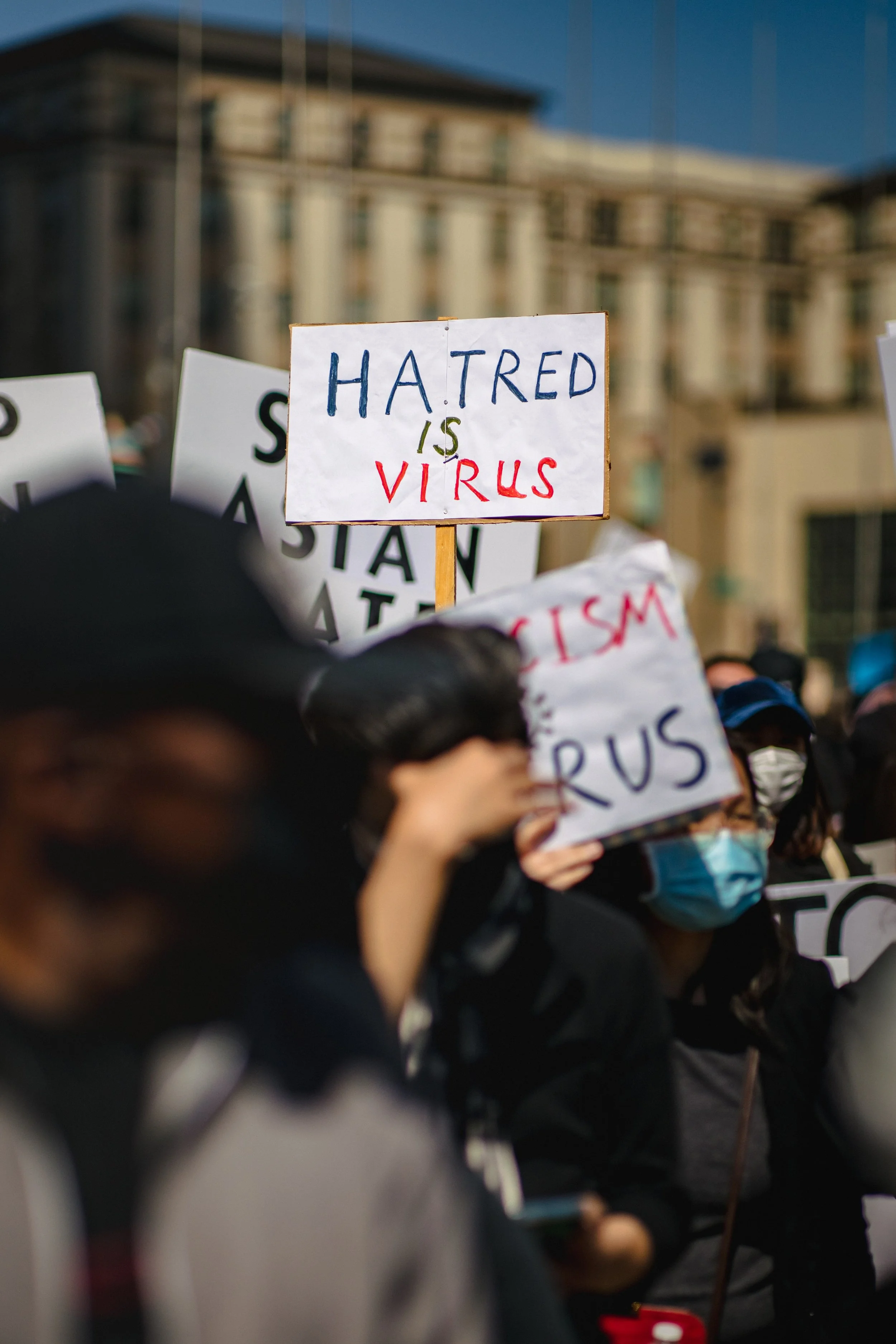Mass Shootings in the United States
This past weekend, in the United States, mass shootings killed 14 individuals and injured 43. Buffalo, New York saw the worst of it with ten deaths and three injuries, most of the victims being Black Americans. Other populated areas such as Milwaukee, Wisconsin in the Midwest, Amarillo and Houston, Texas in the southwest, Winston-Salem and Elizabeth City, North Carolina in the south, and Laguna Woods, California in the west all experienced incidents of mass shootings between May 13th through the 15th.
Despite gun violence existing since the invention of firearms, a subgroup, mass shootings, are a new phenomenon, most prevalent in the United States. The Gun Violence Archive (GVA) defines mass shootings as one type of incident involving four or more victims, whether injured or killed by firearm, not including the death or injury of the shooter(s). For the better part of the last decade, the amount of mass shootings have increased and continue to increase.
So, why are mass shootings so common in the United States? One might say it’s because of the lack of comprehensive gun laws that allow many potential shooters to possess the firearms they’ll eventually use to shoot up public places. 29 states have loophole laws that make it easier for people with felony convictions, domestic restraining orders, or mental illnesses that have been adjudicated by a court of law to purchase guns, mostly by unlicensed sellers. Everytown Research reports that ⅓ of mass shooters were legally prohibited from possessing firearms at the time of the shooting.
While analyzing gun control in other industrialized countries such as Canada, Australia, Israel, and Japan, comprehensive gun laws put in place after a mass shooting can be attributed to their low rates of gun violence. Norway, in comparison, raises the question whether stricter gun laws are the right answer. Norway is ranked 10th worldwide in gun ownership yet their gun-homicide rates are ranked among the lowest. The United States experiences gun-homicides at rates 64 percent higher than Norway.
Though gun control is important while analyzing the prevalence of shootings in the United States, much of what impacts the increased rates across the states has to do with the shooter’s motive. As of recently, white nationalism and white supremacism have been a recurring theme for many mass shootings.
Most recently, 18-year-old Payton Gendron, the gunman behind the Buffalo supermarket shooting this past Saturday describes himself as a white supremacist and sought out the specific grocery store 200 miles away from his home due to the area’s high concentration of Black Americans. Gendron’s 180-page “manifesto” was found online confirming his white nationalism and racist ideologies, including many far-right conspiracies. Gendron admits he was racially motivated by the mass shootings in Charleston, South Carolina and Christchurch, New Zealand, both of which were carried out by white supremacists.
Even worse, the shooting was filmed by Gendron himself and showed a close up of the gun’s barrel which details the N-word and the number 14, a white supremacist code, written in white paint.
Though Black Americans are more often the target in mass shootings in America, other minority communities have been the subject of a shooter’s motive. The infamous mass shooting in Orlando, Florida almost six years ago at the Pulse Nightclub is known as the deadliest hate crime against LGBTQ people in modern U.S. history, killing 49 individuals and injuring 53. On top of that, the shooting occurred on Latin Night which disproportionately impacted the Latinx community in Orlando according to Brady United.
Other examples include the shooting in Pittsburgh, Pennsylvania at The Tree of Life Synagogue which was carried out by an antisemitic, white supremacist who killed 11 people as well as the shooting in El Paso, Texas at a Walmart which was carried out by a racist perpetrator who’s intention was to target Mexicans. He killed 22 individuals and injured 24.
For Americans, this tale is told too often to the point where it is no longer shocking, just devastating. The problem that lies within it all is the lack of prevention measures. Although incorporating more comprehensive laws can make a great difference, most gunmen display warning signs prior to the shooting.
According to a study by Everytown Research, 56 percent of mass shooters exhibited at least one warning sign. Extreme Risk Laws, often called “red flag” laws, are meant to prevent gun violence by having loved ones and law enforcement recognize the warning signs and petition the court to restrict the person’s access to firearms.
Despite this, there seems to be a lack of intervention or recognition of these warning signs. Payton Gendron, for example, was investigated by the police in 2021 and was temporarily hospitalized after posing a threat of violence against his high school. He was eventually discharged and was able to legally purchase the AR-15 gun in January, the same one he used in the shooting. Even then, his detailed manifesto was easily traced online after the incident, so it’s very apparent there was a lack of investigation employed even with the prior threats considered.
So, what can be done? Be aware of the warning signs. Gendron is a textbook case of how a mass shooter may present themself. Sadly, threats of shooting up a school are too common in the United States. Holding authorities accountable to take necessary preventive measures when these threats occur whether in a school or even at home, can make a difference.
Many white supremacists also use the internet to communicate with other extremists and gain more harmful information. Raising awareness of these websites and posts on popular social media sites as well as reporting accounts where harmful information is presented can have a positive impact no matter how small.
Mass shootings are a mainly American epidemic and will continue to increase if nothing changes in the ways we treat these incidents and the shooters behind them.
Photo Credits: CNN






